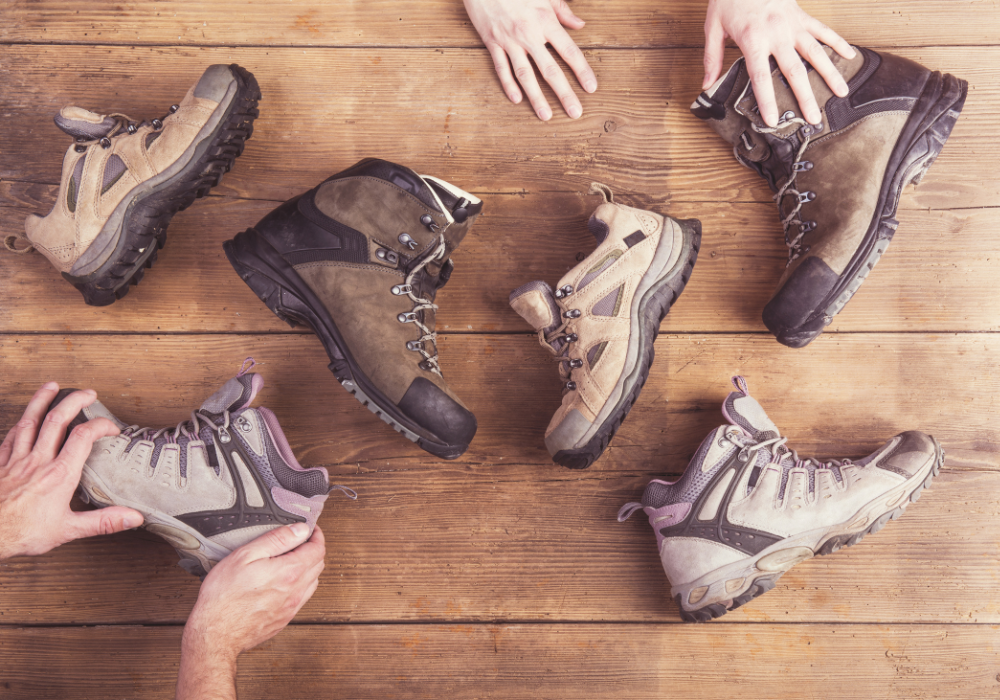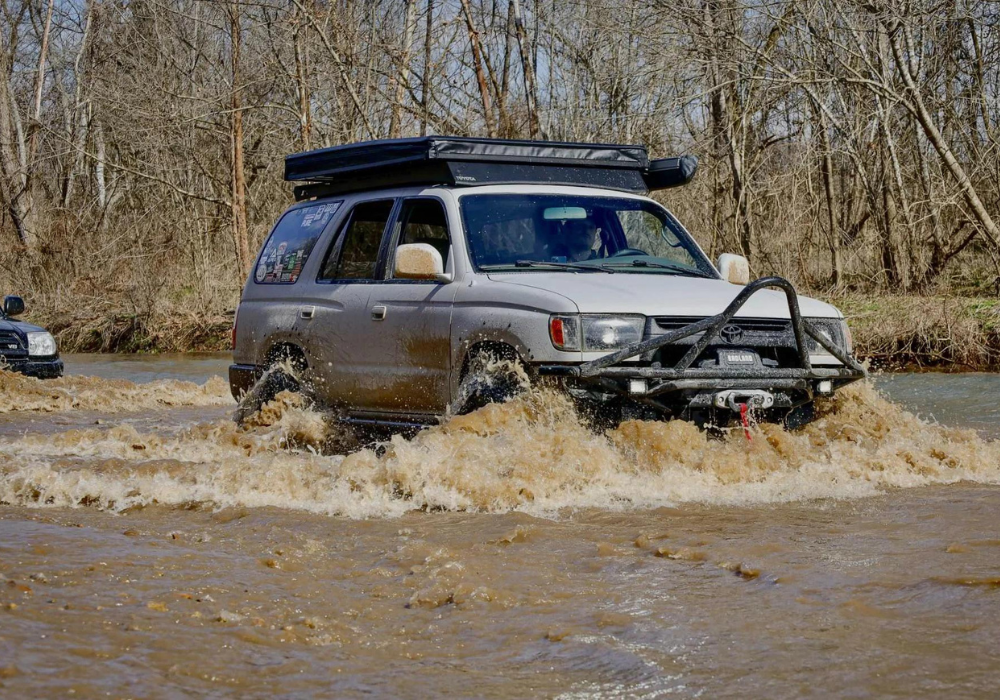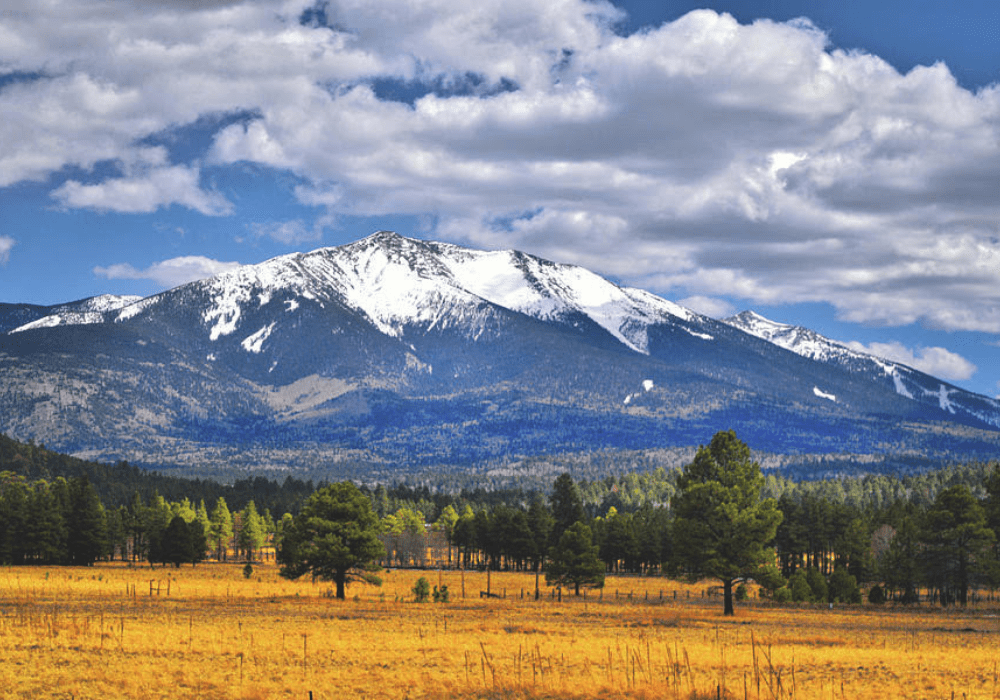
9 Tips for How to Choose Clothing for a Hiking Trip
Estimated reading time: 5 minutes
Hiking is great. It helps us keep physically and mentally healthy, lets us experience nature, all while having fun. That said, one of the most fun parts about taking up hiking is having to shop for your hiking outfit. Depending on where you plan to hike, you might need a hat, a jacket plus a layer of separate clothing underneath, pants or shorts, socks, and boots.
The problem is:
With hundreds of different brands on the market offering thousands of hiking-related items, you may find yourself overwhelmed by the sheer number of options and choices.
How are you supposed to know exactly what to buy?
Table of Contents
Avoid the Guessing Game
Choosing the right hiking clothes doesn’t have to be confusing. By remembering these 9 tips, you’ll be putting together your complete hiking get-up in no time.
1. Function: What Are You Going to Use It For?
This is the first question you have to ask yourself when shopping for hiking clothes.
As we mentioned earlier, with so many different brands on the market offering thousands of products with various feature combinations, you may get overwhelmed if you just dive right in unprepared. You might end up buying something that’s a little overkill or worse, something that you won’t be using at all.
To avoid wasting your hard-earned cash, try asking yourself questions like the following:
- Will you be hiking in hot and dry conditions?
- Or will the weather be windy and cold?
- Will you be needing something protective but also breathable?
Answering questions like these will help you narrow down your choices quickly and help you avoid costly mistakes.
2. Comfort: Does it Feel Good to Wear?
Comfort is always important, especially in a pastime that requires you to continuously walk for hours on end. This is why it’s important to determine the level of comfort you want.
That said:
Remember that what may be comfortable on your average day may not be as comfortable on your hike. For instance, clothes made from cotton may feel good while they’re dry but they will retain sweat and keep it close to your body, thereby, making you feel hotter in hot conditions or colder in windy weather.
Of course, we can’t talk about comfort without mentioning proper fit. Here’s an easy tip to remember: COMFORT > LOOKS. You may be tempted to get that great-looking jacket and cargo pants combo on display but does it give you the right amount of range of motion for where you’re going?
3. Breathability: Does it Let Air In or Out?
Breathable hiking clothes are important when you’re out hiking in hot climates or during summer. By letting air flow easily through the fabric, you’re letting the wind carry away excess body heat, thereby, cooling you down. Additionally, it also allows sweat to evaporate quicker which cools you down even faster.
One downside with breathable clothing is it tends to get wet quicker which means you’ll soon be soaking wet when a summer downpour surprises you.
4. Waterproof: Does it Get Wet?
If you’re hiking in places where you’re likely to get wet, like coastal or swampy areas, you might want to keep yourself from getting soggy, cold, and uncomfortable. This is when you’ll need waterproof clothing.
The problem is:
Most waterproof clothing usually sacrifices breathability. So, while you may be safe from water coming from the outside, you’re probably going to be soaking in your sweat eventually. This should be fine if you wear your clothes in layers rather than just one thick waterproof shell.
That said, some brands offer items that are both waterproof and breathable.
5. Weight: How Light is it?
How heavy your hiking outfit is can affect how much enjoyment you get from this pastime. You may think that clothes don’t weigh a ton and that SOME weight just makes your clothes feel more expensive.
Unfortunately:
You might be hiking on the trail for several hours, traversing obstacles and braving the elements. The extra effort and calories you’re using because of all that excess weight are going to pile up until eventually, you’re either too tired or too sore to continue. This is why when picking hiking clothes, the lighter the better.
6. Wicking: Does it Wick Sweat Away?
No matter where you go for your hike, odds are you want your clothing to wick away your sweat.
More than just absorbing sweat, sweat-wicking clothing carries excess sweat away from your skin and onto its surface where it can more easily evaporate. Through this capillary action, sweat-wicking clothing (like shirts and socks) keeps you cool, dry, and smelling better — which is always a plus.
Sweat-wicking clothing is perfect whether you’re hiking in hot or cold weather, and especially if you’re a naturally sweaty person.
7. Durability: Can it Stand the Elements and the Terrain?
Your hiking clothes can be the most lightweight, breathable, sweat-wicking, multi-functional pieces that money can buy but they won’t do you much good if they rip and tear when you need them the most.
Durability comes from a combination of factors such as the material used, how the item was designed, and how it was constructed.
One thing to take note of when talking about durability is how to balance it with weight. You may think that for something to be durable it has to also weigh a ton (like some hiking boots and jackets), in actuality, it doesn’t have to be. Many brands offer items (like hiking pants, socks, and jackets) that are both lightweight and durable so you don’t have to sacrifice comfort for durability.
8. Insulation: Does it Keep You Warm?
If breathable clothing is perfect for hiking in hot climates, insulated clothing is what you’ll need if you’re hiking in the cold. The degree of insulation you’ll need will depend on just how cold and windy your hiking trip is going to be.
The level of insulation a piece of clothing provides comes from a combination of the materials used and how they’re layered together.
Natural types of insulation lose their heat-retaining quality when they get wet. So, be careful when wearing these during a downpour or choose an alternative that uses fully synthetic insulation instead.
9. Price: Is it Within Your Price Range?
Of course, it won’t matter whatever qualities your prospective hiking clothes have if they’re simply over your budget.
Unfortunately, most of the top-of-the-line stuff will be relatively expensive (well over $100). While you do get what you pay for, it may be better to not buy everything outright. Instead, assemble your hiking get-up one piece at a time, that way you’re still able to go hiking while saving up for the next piece.




